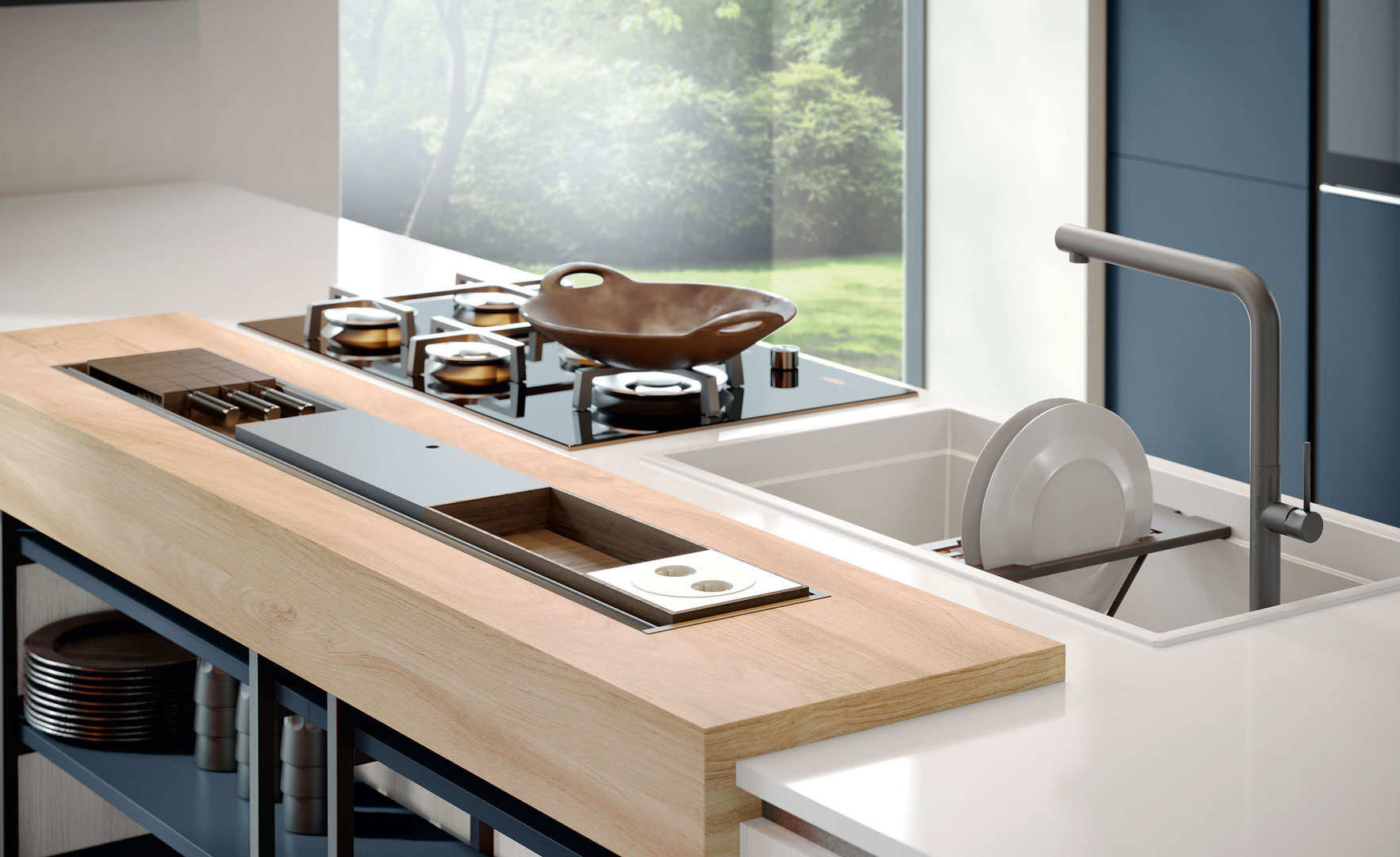
Choosing the Perfect Worktop: Laminate, HPL Laminate, or Fenix?
When it comes to kitchen countertops, the options seem endless. However, three materials stand out for their balance between cost, durability, and aesthetics: laminate, HPL laminate, and Fenix. If you're wondering which material is best for you, you've come to the right place. In this article, we explore the key differences between these three materials, keeping in mind the fundamental principles that determine their quality and value.
Laminate: The Balance Between Quality and Price
Laminate is often seen as the entry-level option when it comes to countertops. Laminate has long been a popular choice for worktops, and for good reason. It is made up of layers of paper and thermoplastic resins pressed together, but don't be fooled: its reputation as an economical material should not overshadow its actual value. Laminate offers a wide range of finishes, from wood to stone imitations, providing a degree of aesthetic versatility. It is also easy to clean, which is always an advantage in a kitchen. One of its most evident strengths is its good value for the money. If you're on a budget, laminate is a practical solution without sacrificing too much in terms of quality.
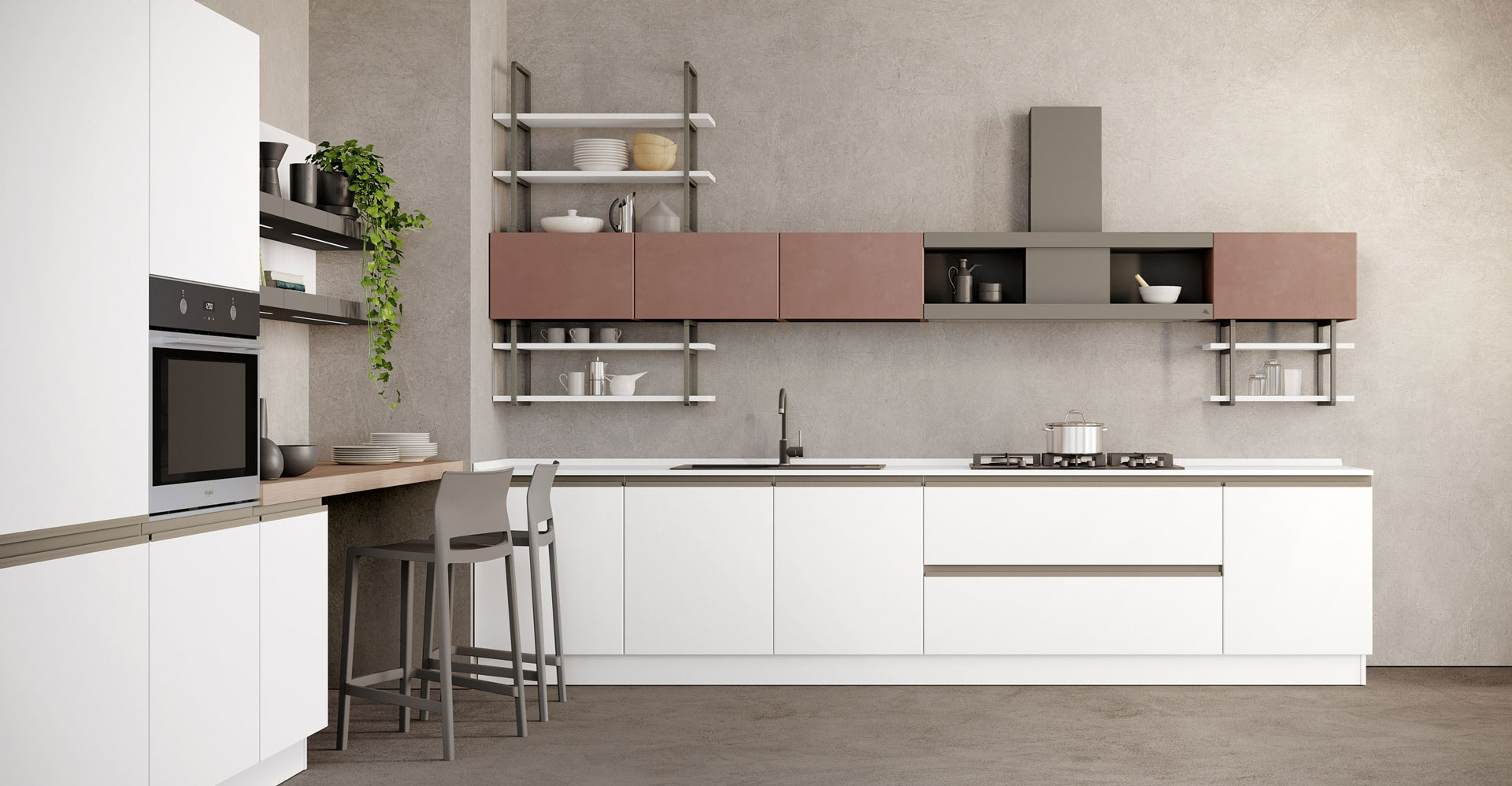
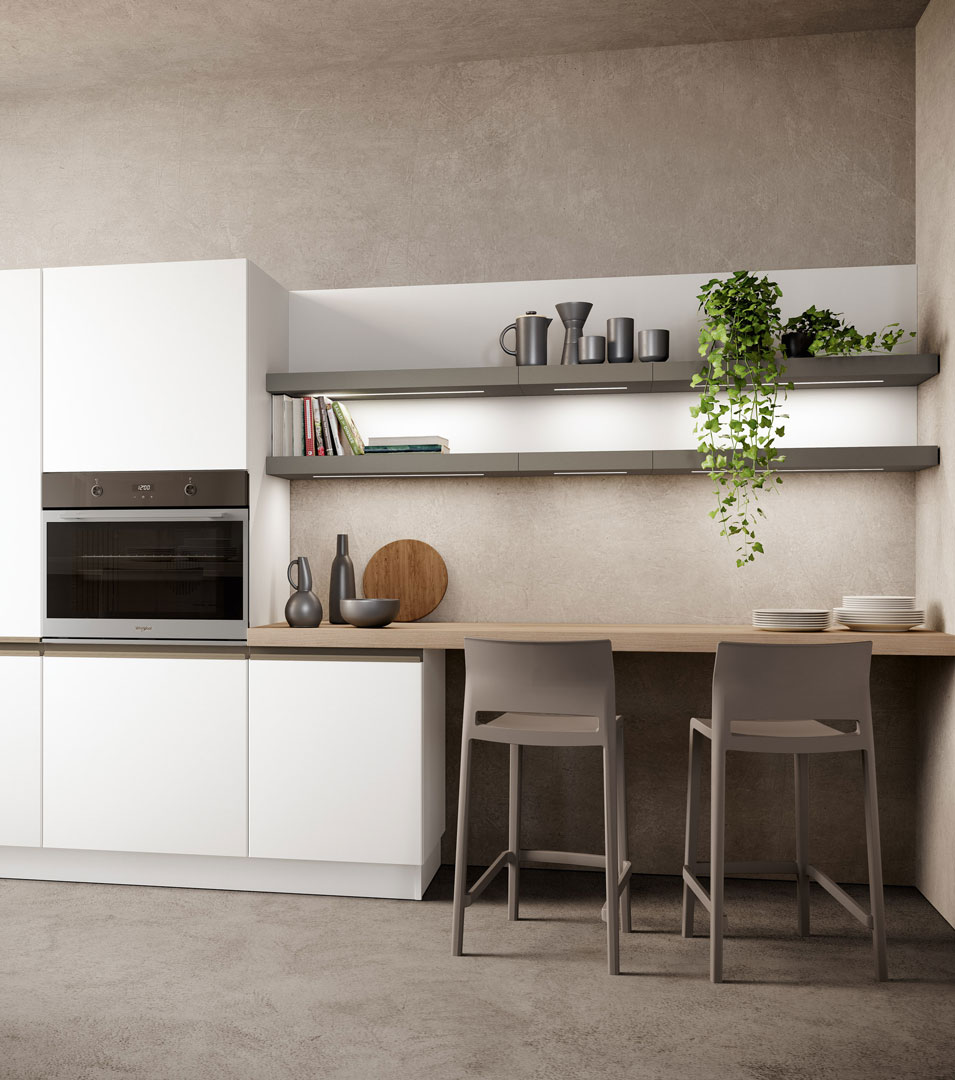
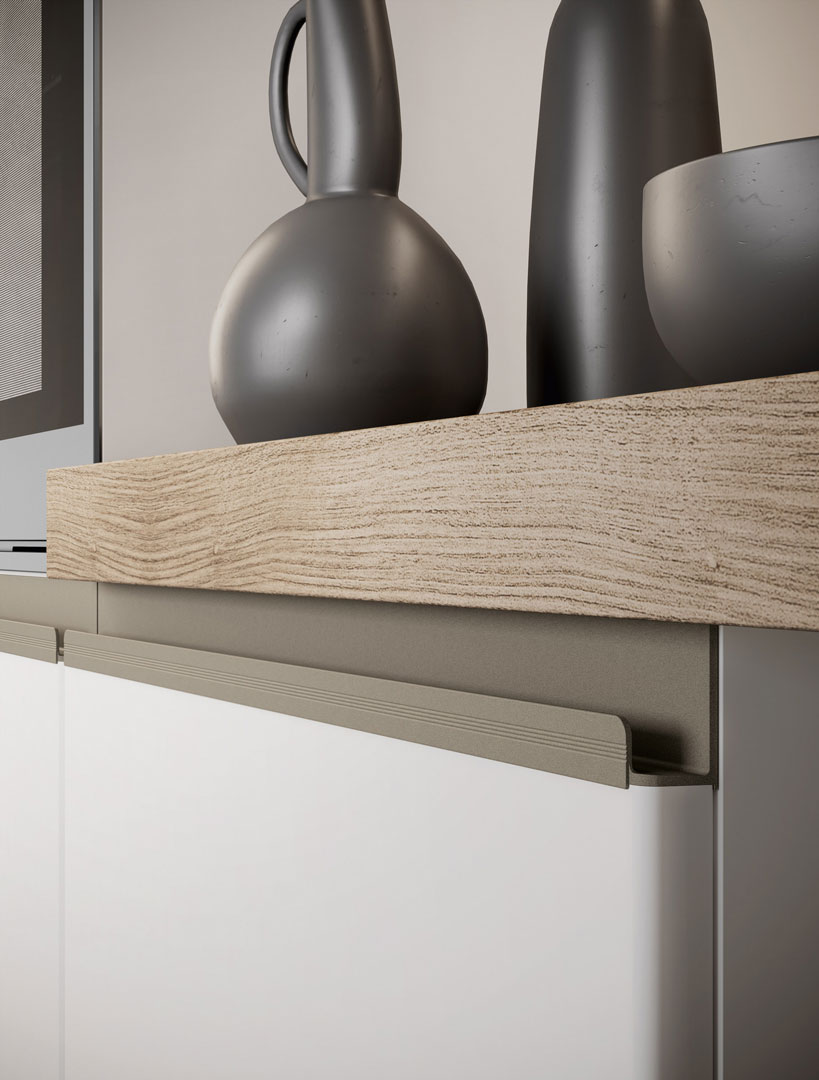
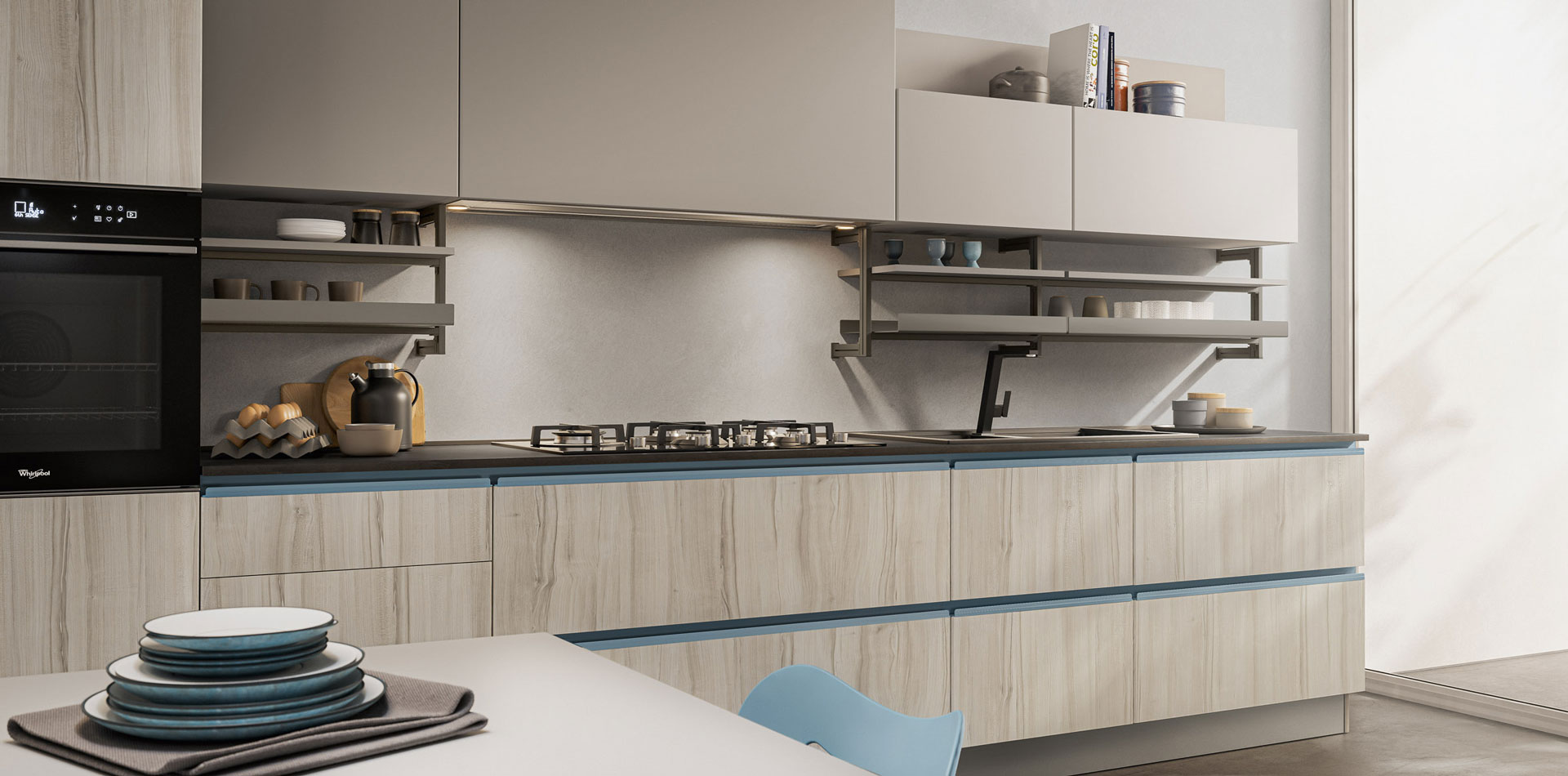
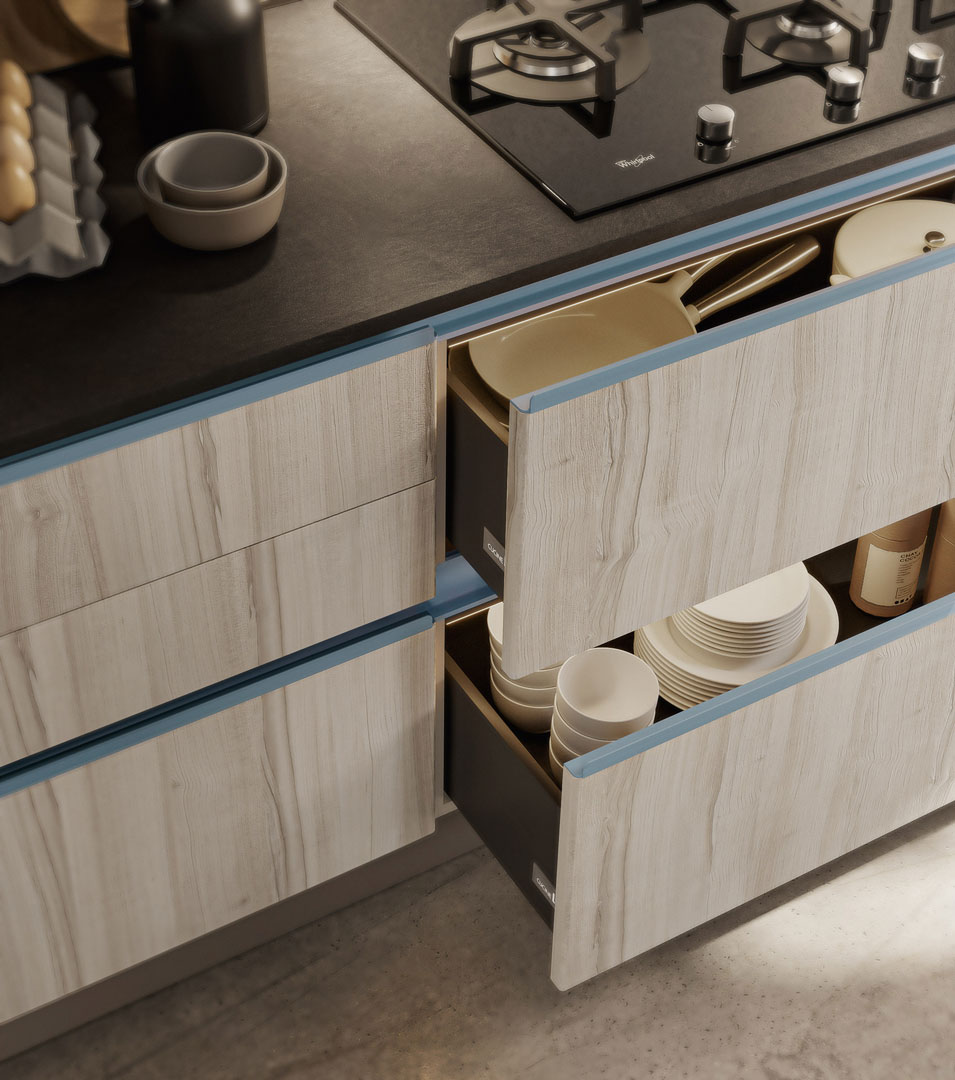
HPL Laminate: Durability at Affordable Costs
Stepping up a notch, we have HPL laminate, or High-Pressure Laminate. As the name suggests, it's a layered material subjected to high-pressure processes. This intensive process makes it exceptionally durable, especially when it comes to water and heat. In fact, HPL laminate can withstand temperatures up to 180 degrees Celsius, a feature that makes it perfect for those who love to cook and need a robust work surface. Despite these superior qualities, the cost remains relatively affordable, making it an excellent choice for those looking for a compromise between durability and budget.
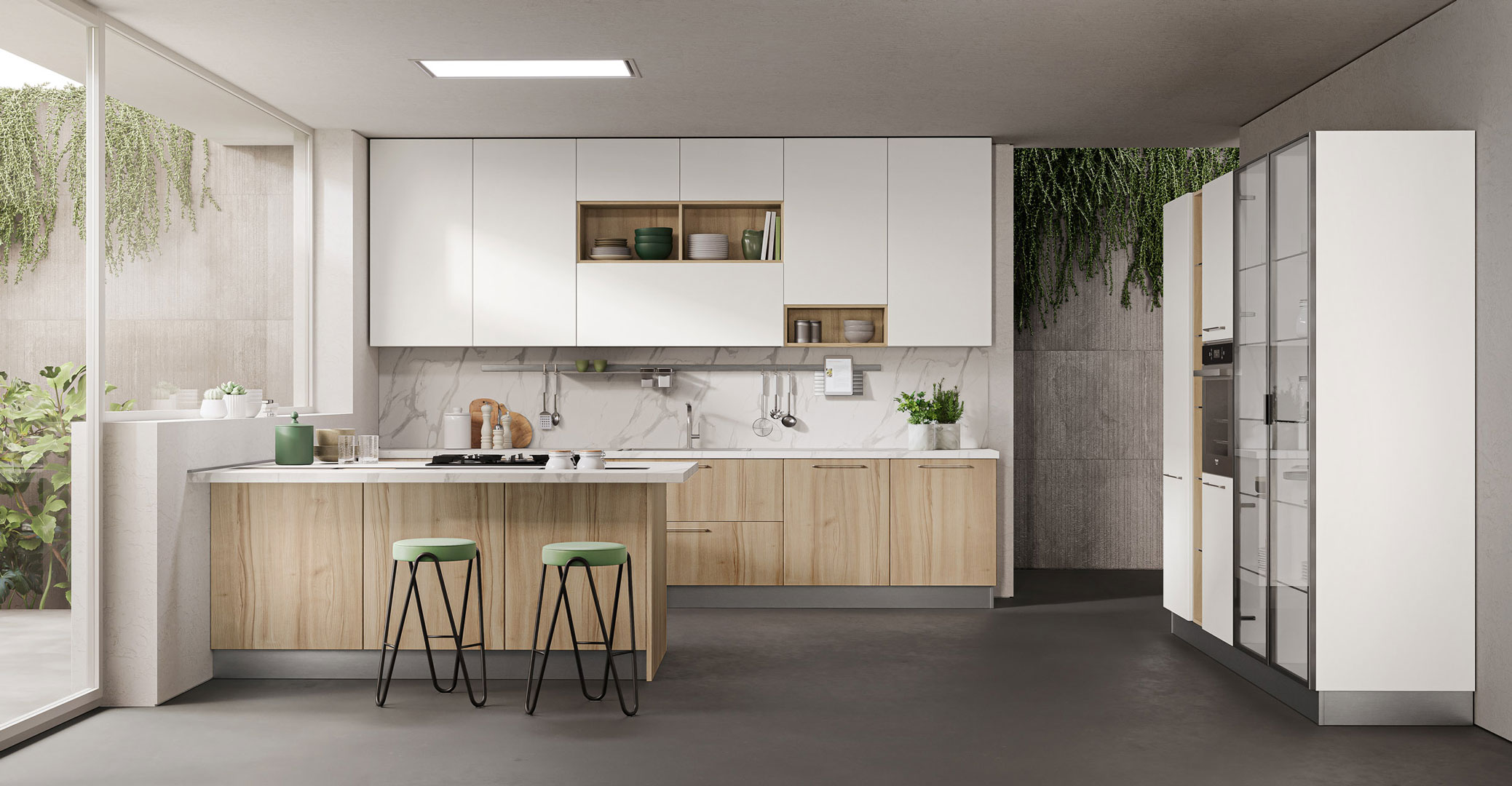
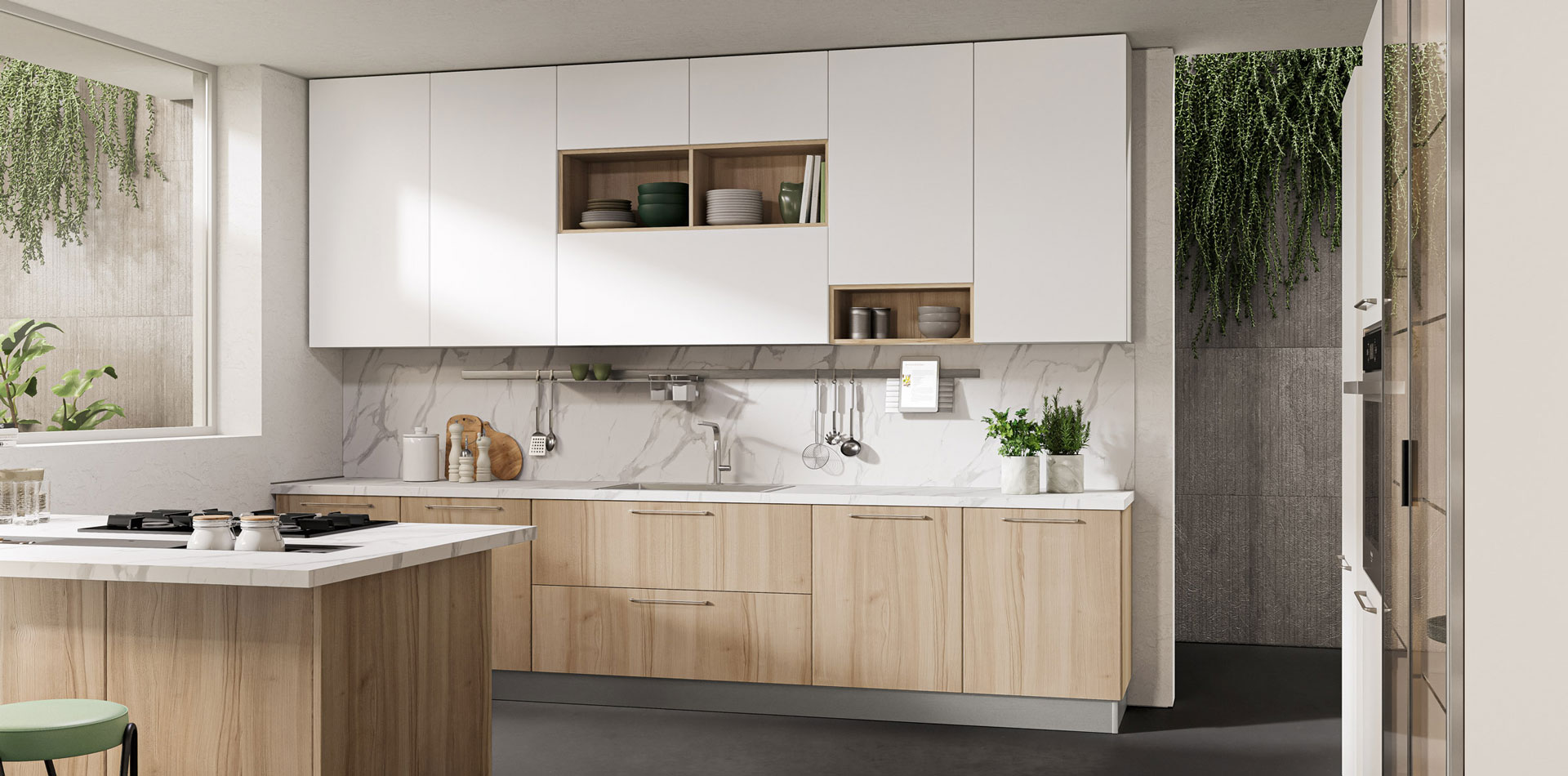
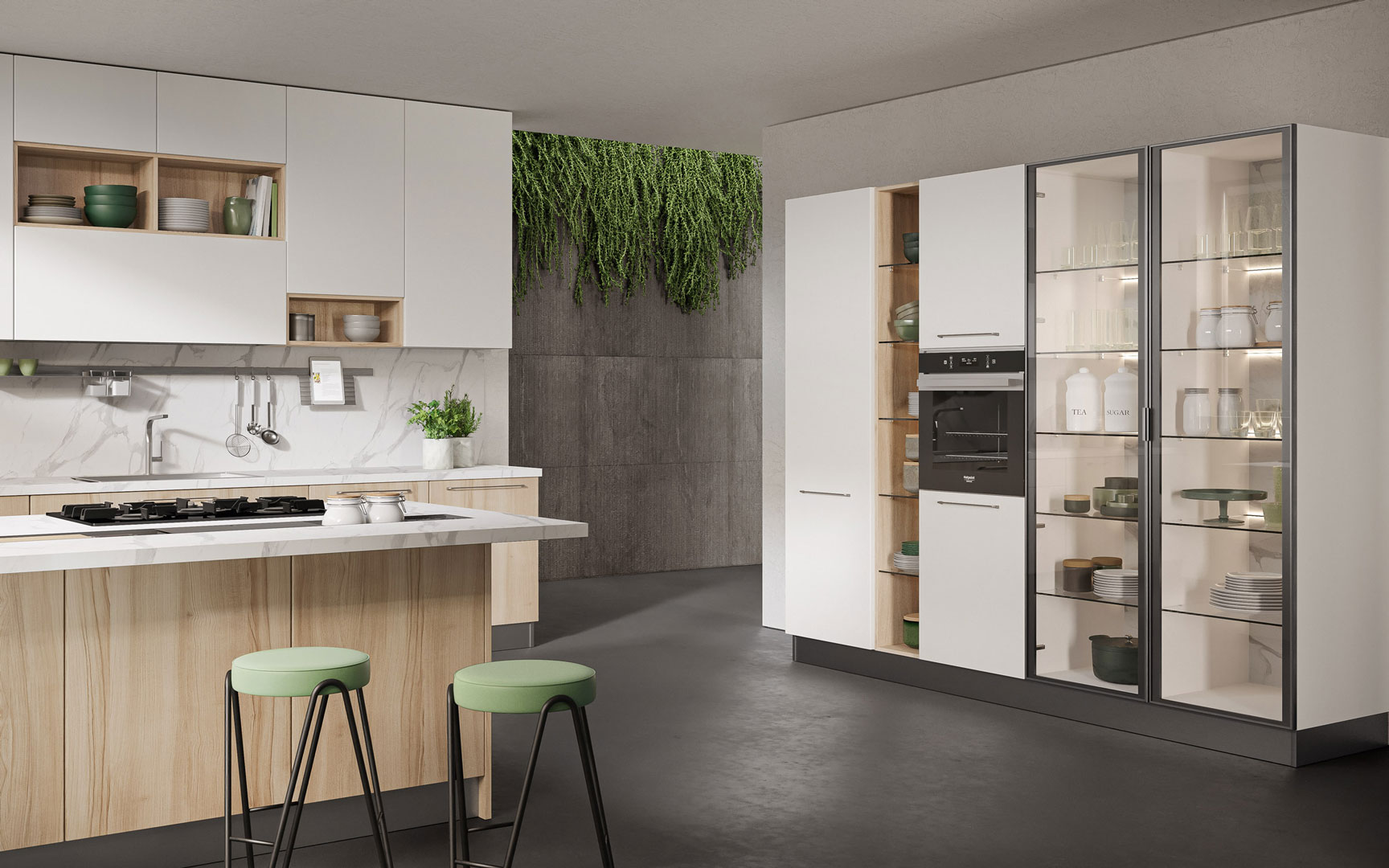
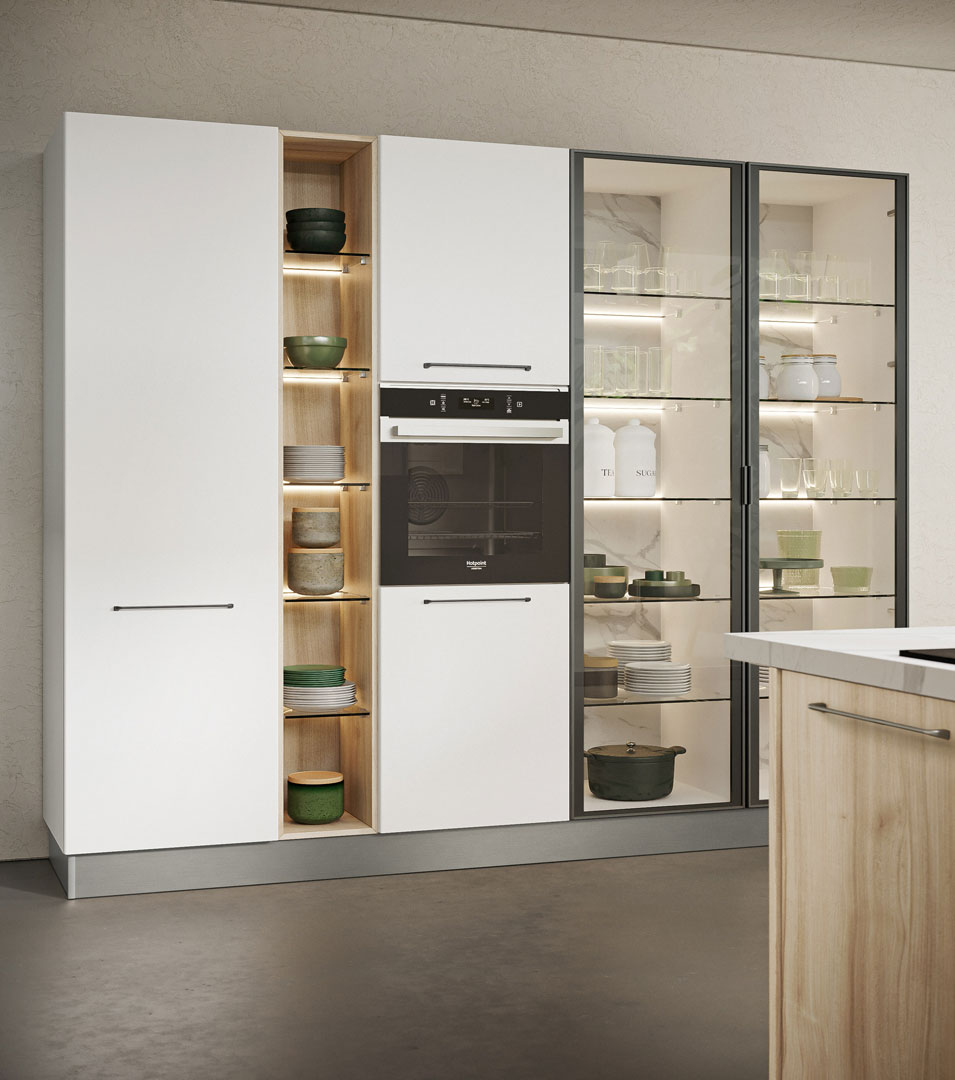
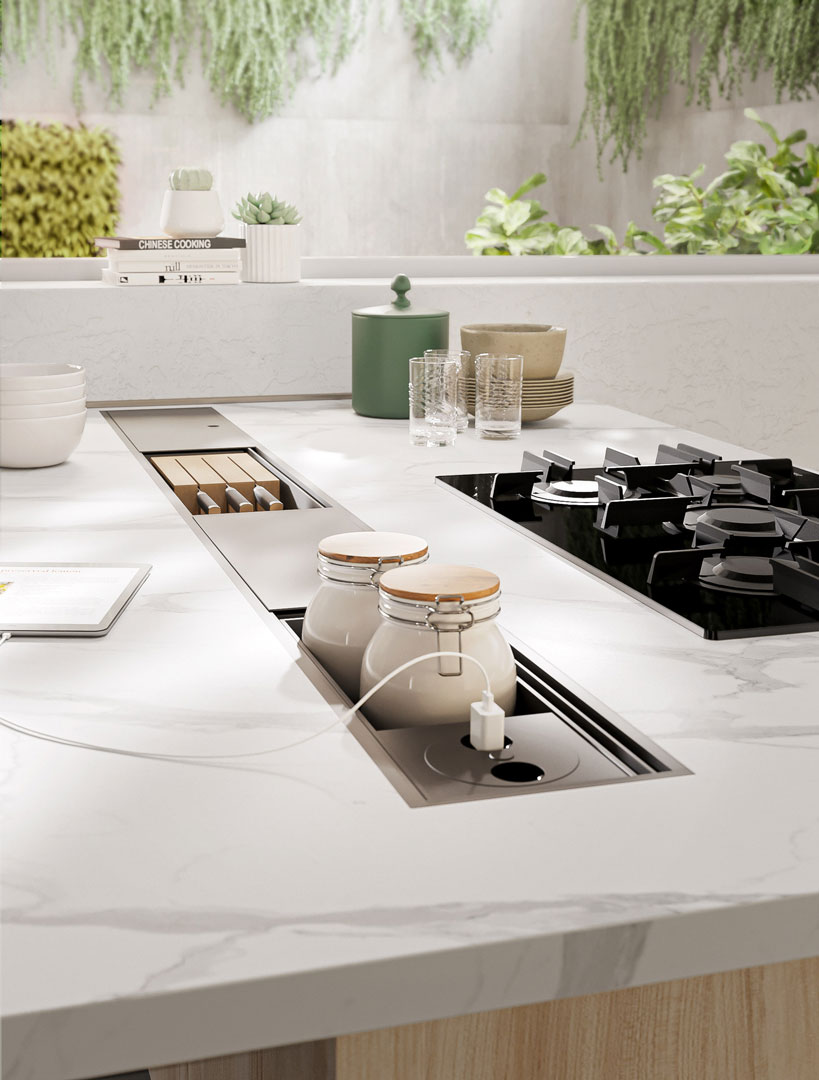
Fenix: The Evolution of Laminate
Now, if you're looking for something that brings the word "innovation" to the world of countertops, Fenix is for you. Think of Fenix as the evolution of laminate. It's made up of pressed paper layers, like laminate, but these layers are treated with next-generation resins. The result is a material that is not only durable but also self-healing. Yes, you read that right: micro-scratches can easily be restored, which is almost magical.
But the real gem of Fenix is its super matte surface. While other materials reflect light, Fenix absorbs light so effectively that its surface appears incredibly uniform. This gives it an ultra-modern and refined look that is hard to match. Of course, all these innovative features come at a price, but if your budget allows, Fenix is certainly a choice to consider.
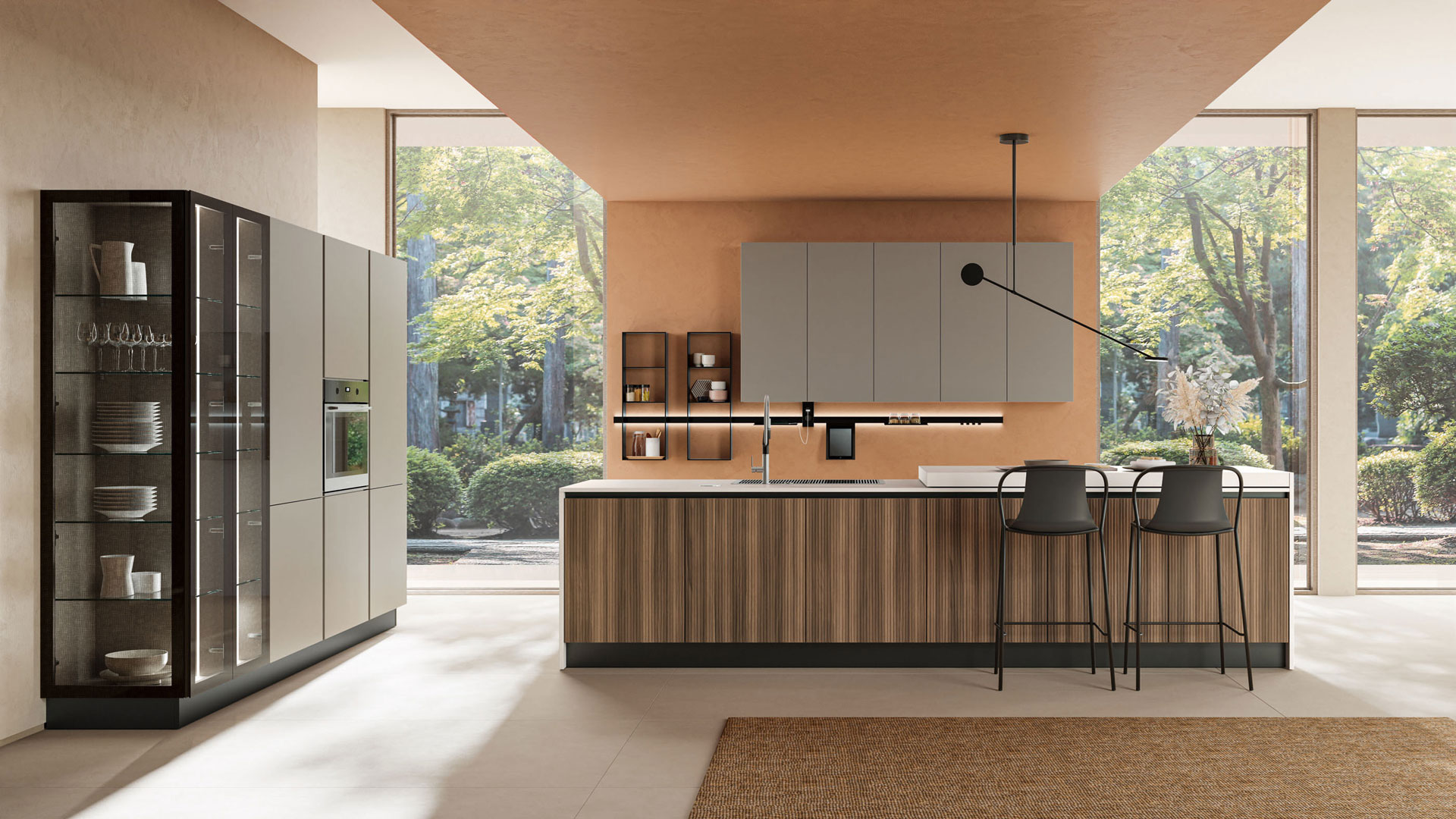
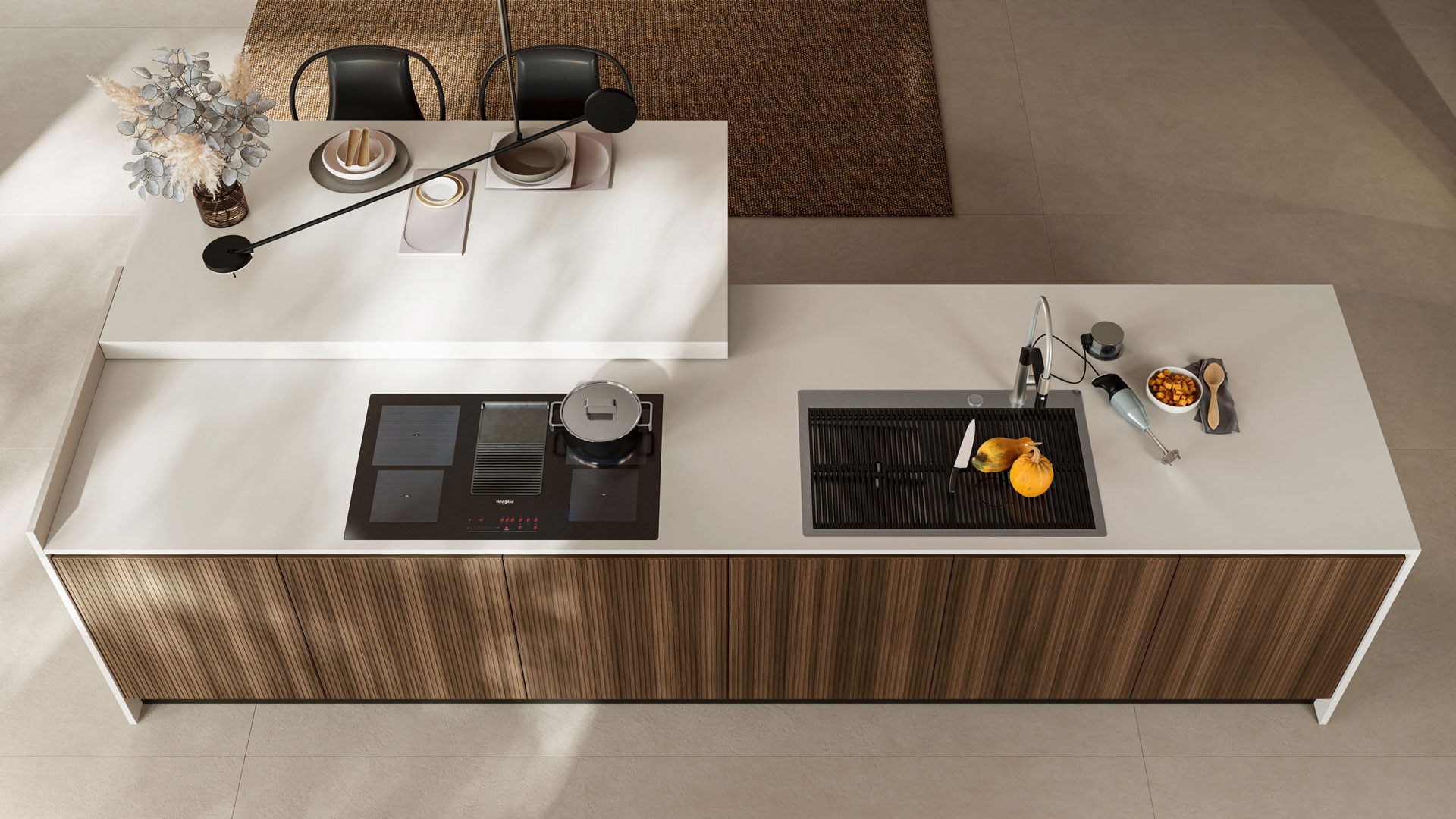
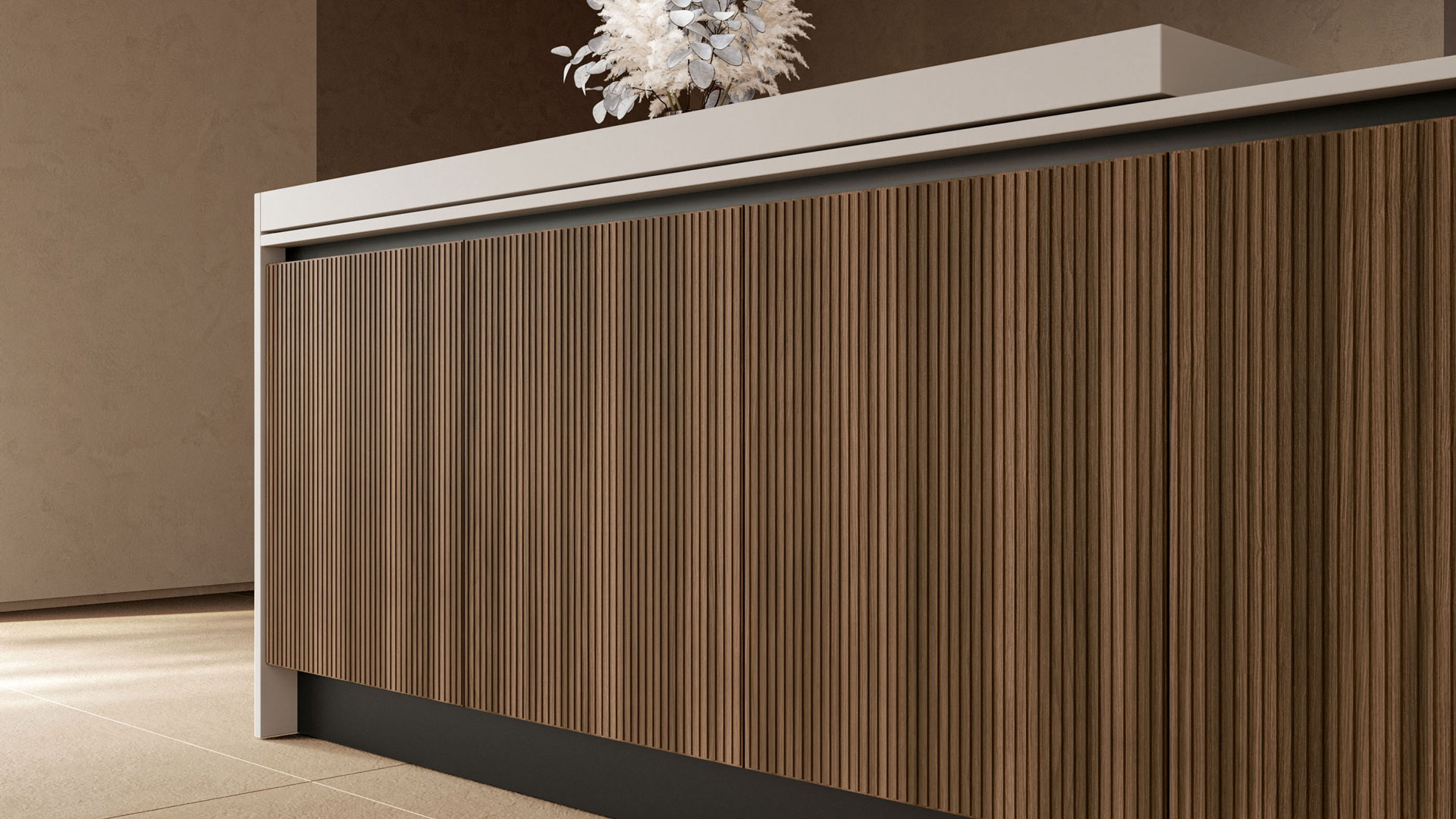
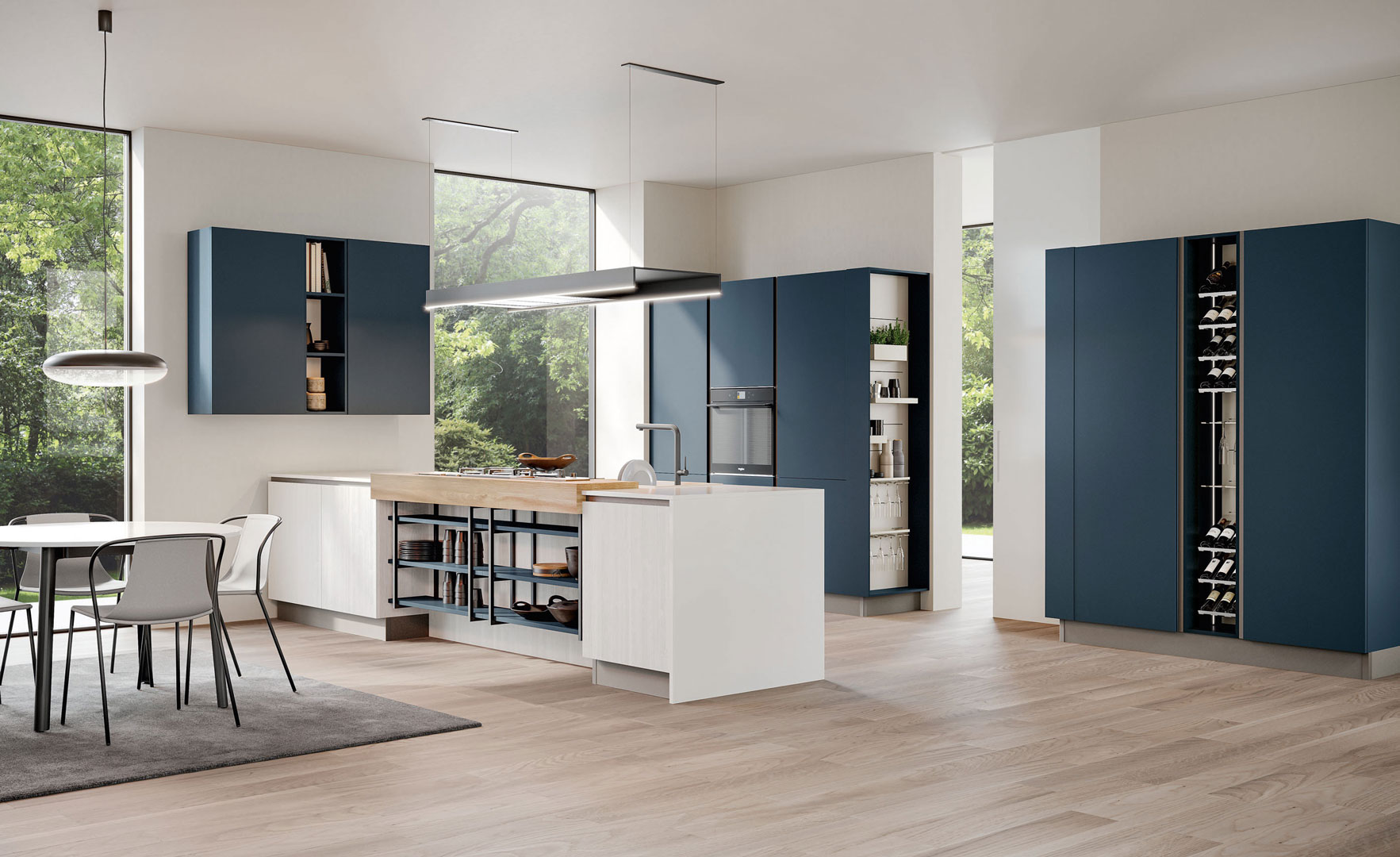
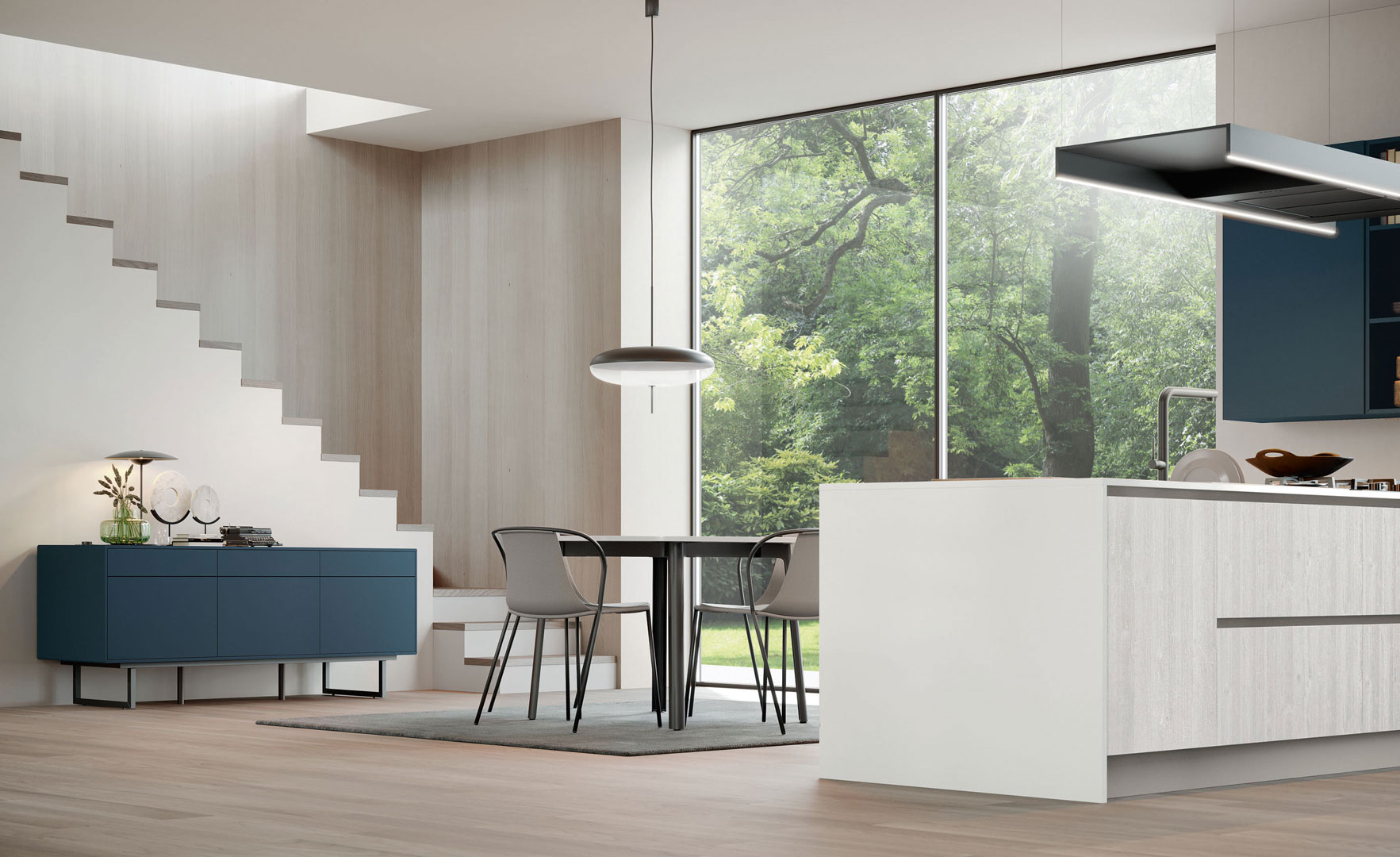
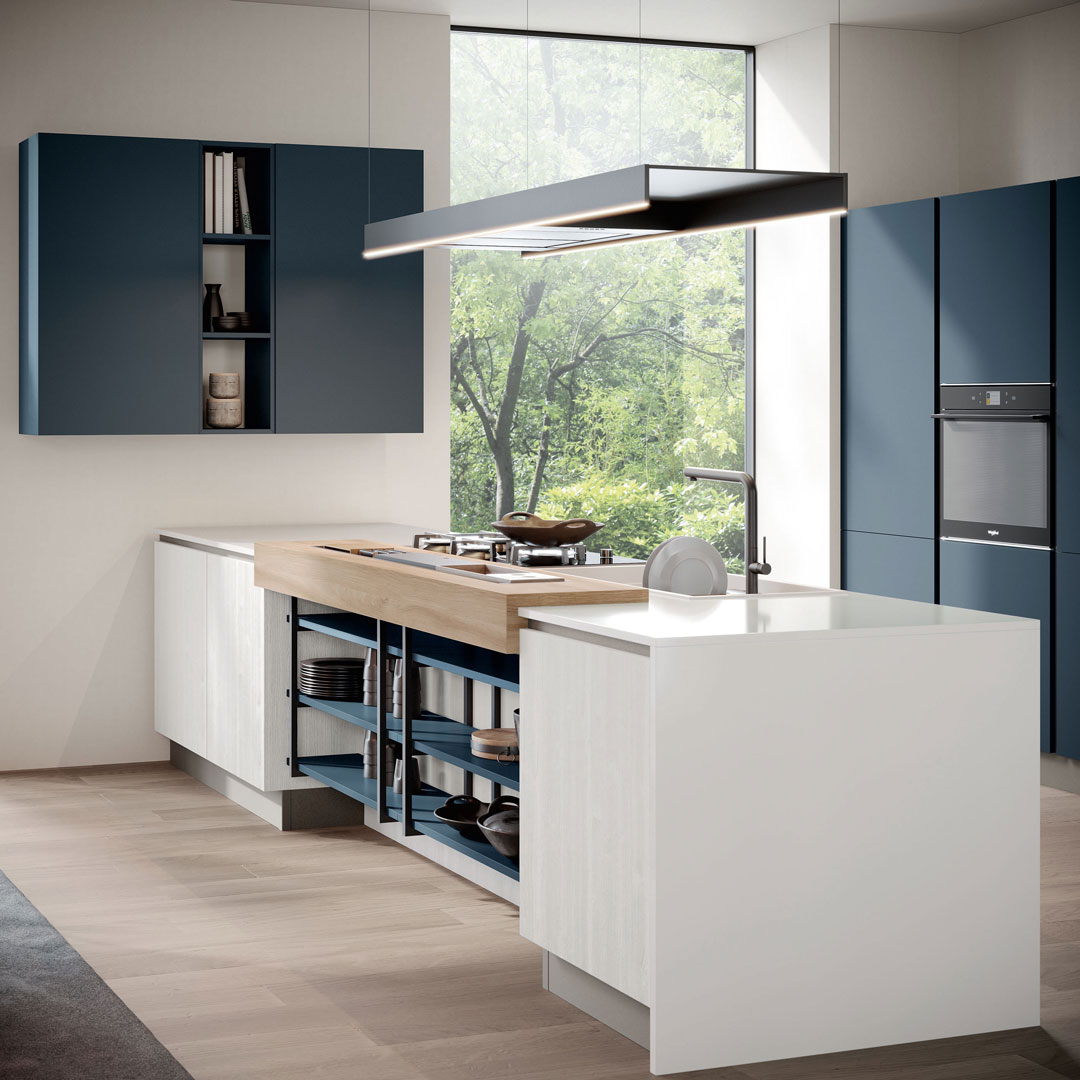
Conclusion
Laminate offers good value for money for those on a more limited budget, while still maintaining some aesthetic versatility and ease of cleaning. HPL laminate is the middle-of-the-road option that provides durability at affordable costs, especially in terms of heat and moisture tolerance. Finally, Fenix stands out as the luxury option that brings innovation and modern aesthetics to kitchen design. The right material choice will depend on your priorities, which can vary from budget, to aesthetics, to functionality. So, which material would you choose for your next kitchen countertop?
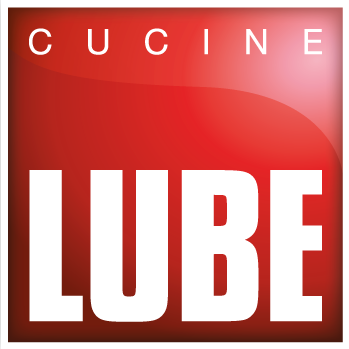
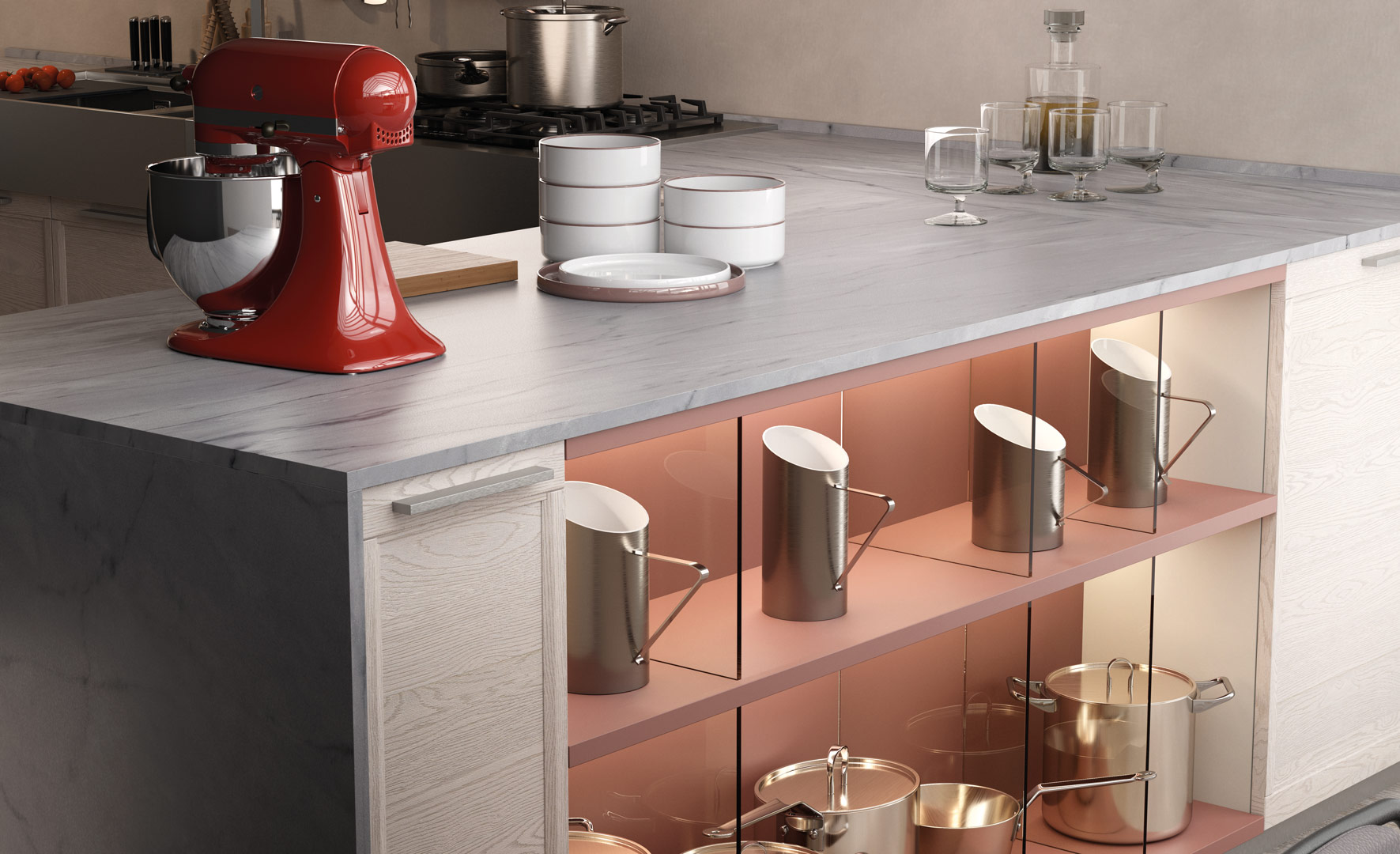
 Google Chrome
Google Chrome
 Mozilla Firefox
Mozilla Firefox
 Microsoft Edg
Microsoft Edg
 Safari
Safari